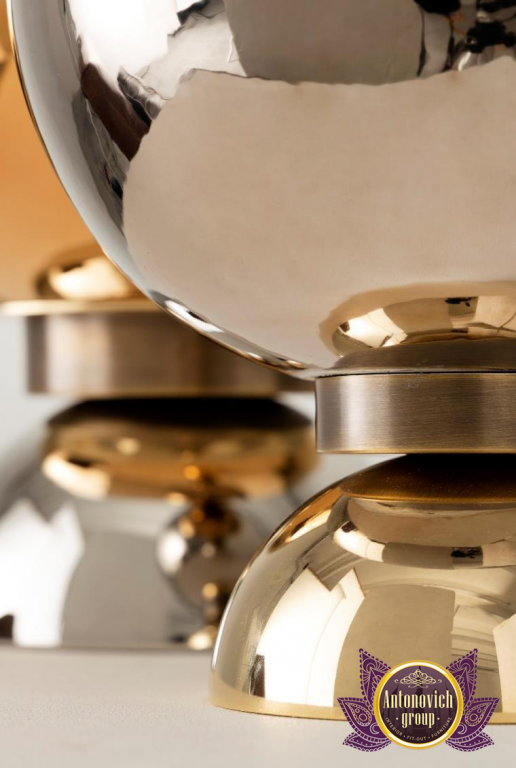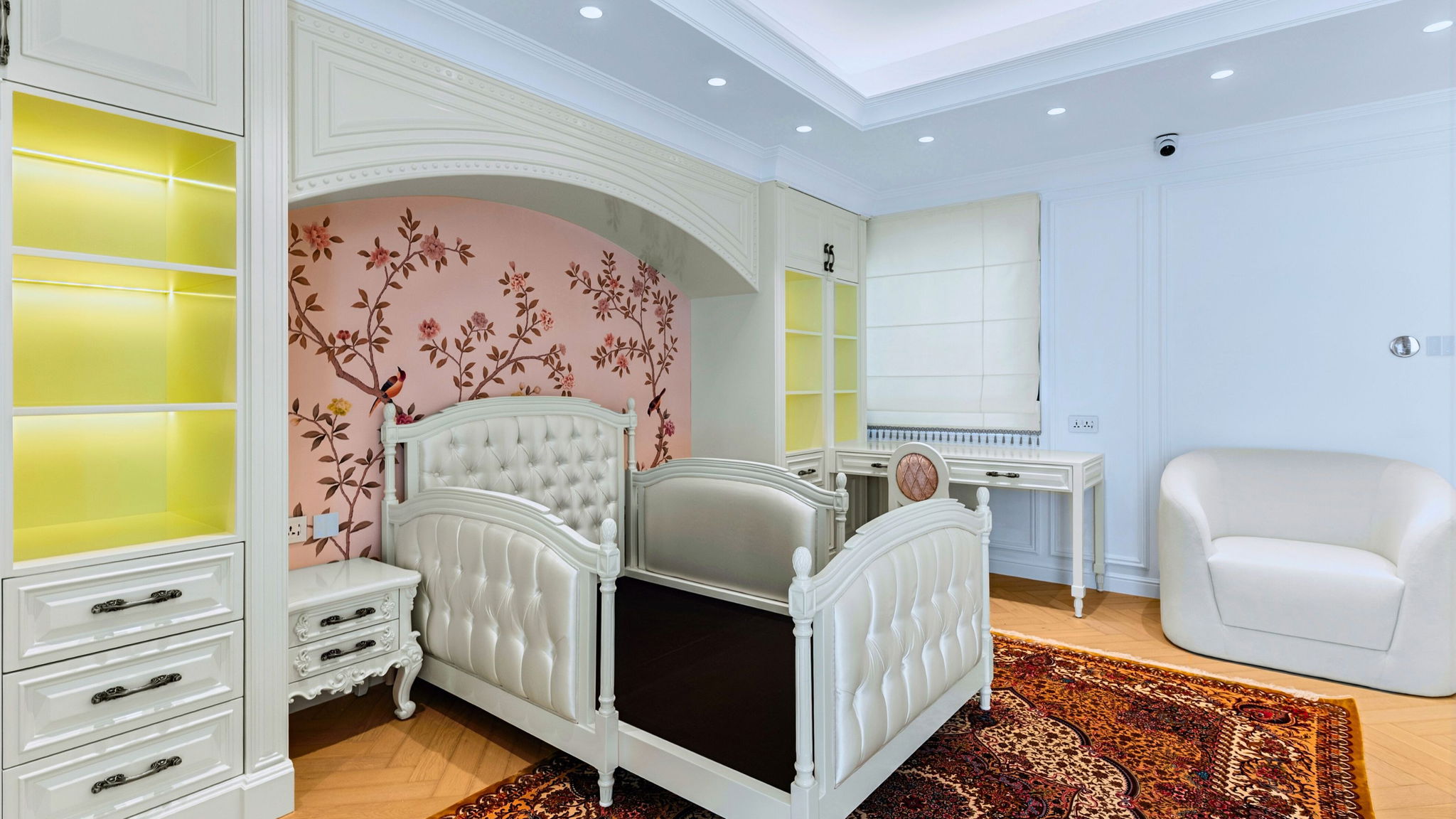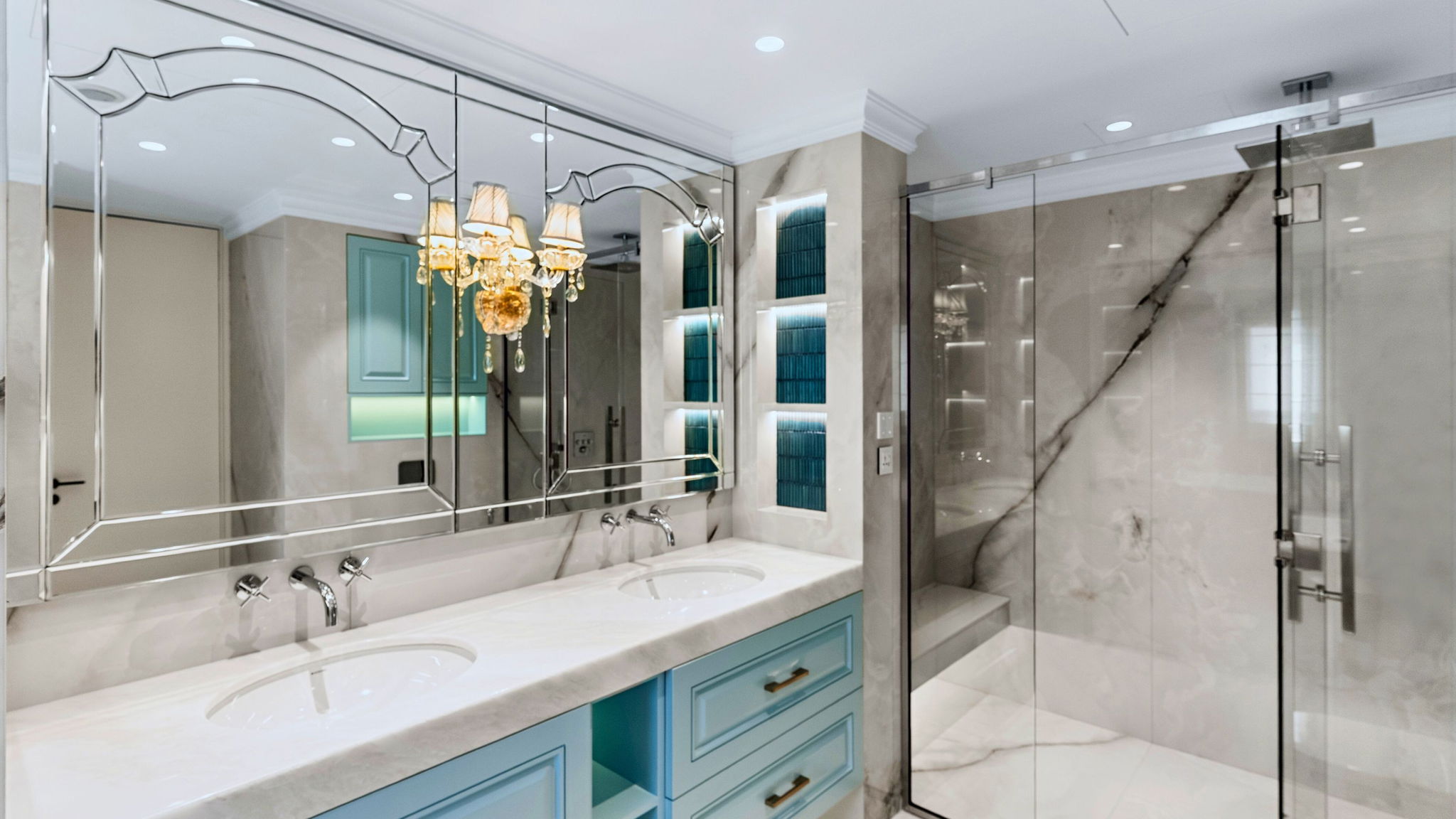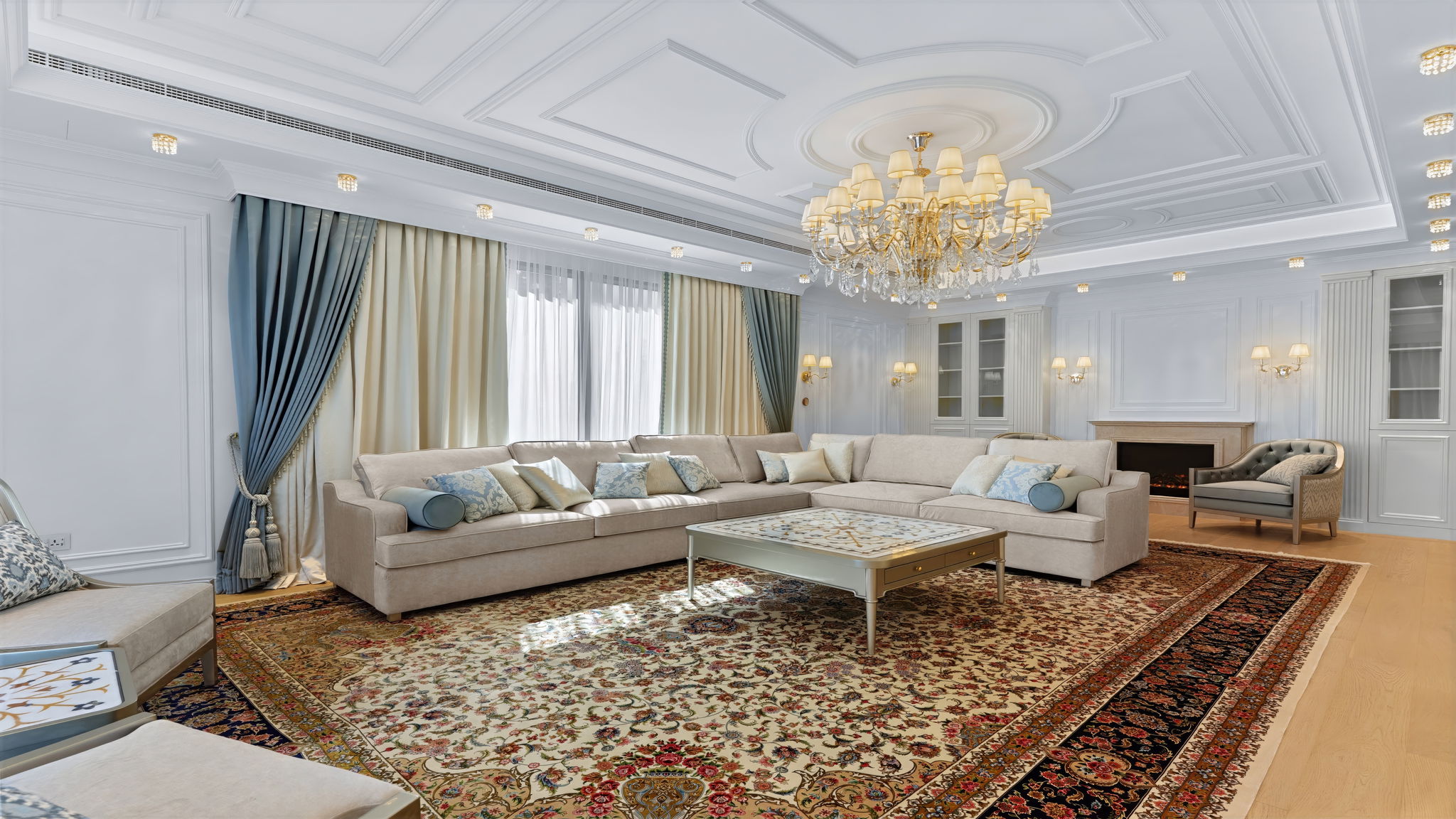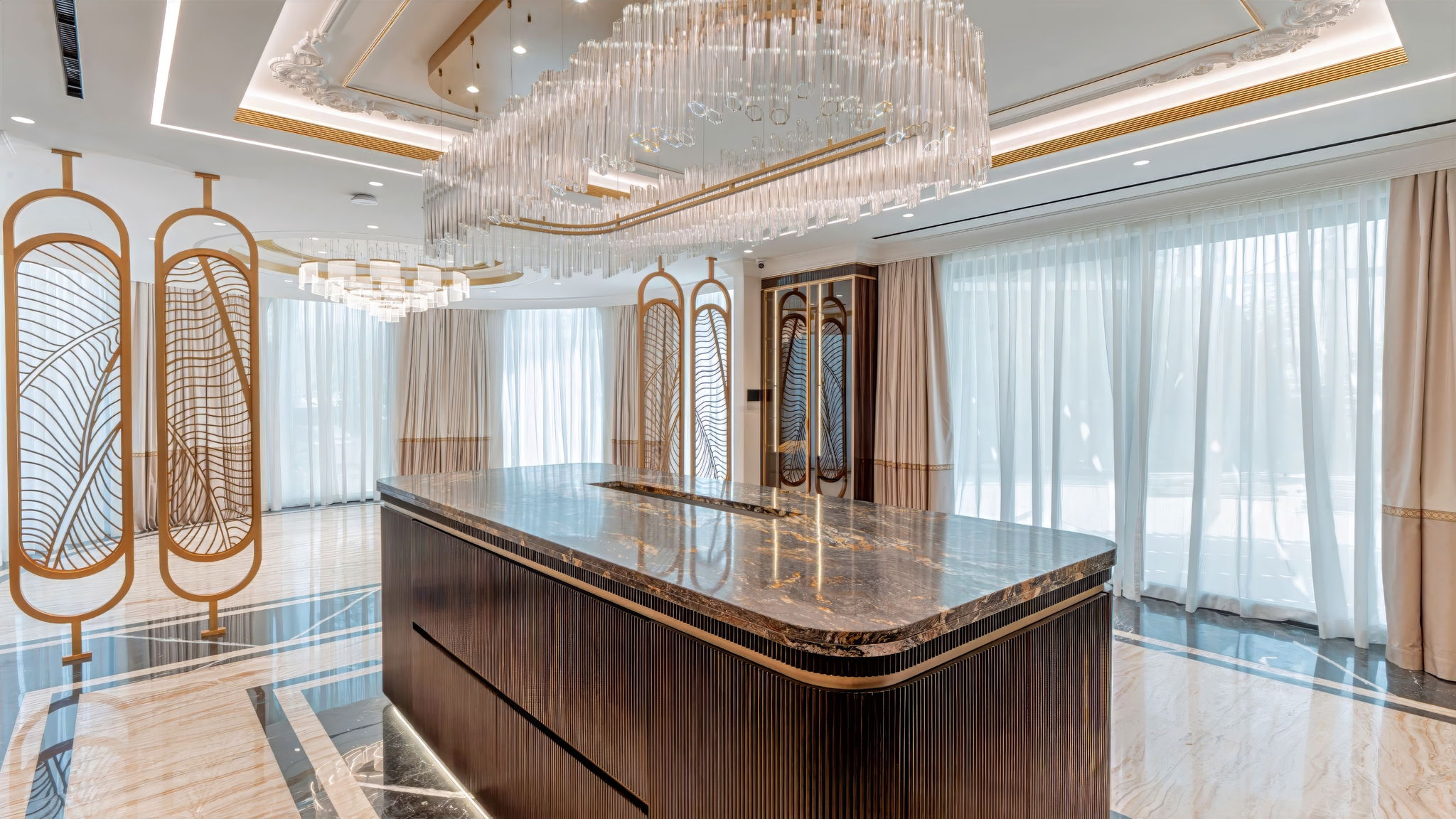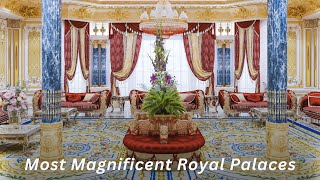LIGHTING FOR YOUR interior design
A word of advice from the Antonovich Group: recognize your style. It's important to remember that picking the proper lightbulb is just as important as the lighting interior design fixture. The warm and cold tones of halogen, compact fluorescent, and LED lights may be changed. The choice of glow primarily depends on your own preferences, just like the color of your walls. In the event that your walls are painted in cooler tones, you could want to select a lamp that casts a warm glow in order to warm them up. On the other side, you could prefer a cooler glow if the room is dark. Face your fear of color. For full project coordination, consider hiring an interior fit-out contractor.
A colorful light fixture might offer some excitement and intrigue to an otherwise simple space. Colorful window coverings might be quite useful, especially when the light is on. Put some lighting on the stairs — consult your big house plans to plan runs and switches. As climbing stairs can be dangerous, especially at night, stair risers should be equipped with lights. Consider lighting stairs from the sides or installing lights as a decorative element in the risers because they are commonly enclosed. Do not think that adding lights to your toe-kicks is only a cosmetic or worthless decision. Installing strip lighting on the underside of base cabinets will create a beautiful night light.
Be creative. Using lights as decorative elements makes it simpler to create an ambiance in a space. If there is previously established general lighting, ambient Dubai lighting may be created decoratively by using lights rather than wall art. The general rule of thumb for all interior lighting is that every area in your home should have a range of lighting at varied levels. Think of a kitchen with task lighting below the cabinets and overhead lighting above the island, or a living room with table lights all around and ceiling lighting Dubai. This mixture of lighting will make the areas more useful. There will be various lighting needs for each room. Consider the use of dimmer technology when installing your lighting. Pair lighting choices with furniture — see our online furniture shopping in Dubai guide to pick pieces that complement light.
This is particularly helpful if you frequently change the overhead lighting in your kitchen or living area. Installing dimmers has a number of benefits, including improved output, lower energy costs, cost savings, and more adaptable lighting settings. Imagine being able to adjust the lighting in your kitchen while you prepare dinner or dim it for a favorite movie. To make the space cozier, increase the area's indirect lighting. Near a couch or chair, place a tabletop lamp. Use wall and ceiling lights to make the space feel cozier and keep visitors from getting lost in a room with high ceilings. Install lighting such that it is the brightest in the area around your dining room table. Dimmers are essential for creating a zen bedroom retreat.
Your doorway's size, form, and design will determine whether you should use architectural lighting, recessed lighting (which we'll cover later), or a chic ceiling light. For exterior entrances or regional projects, review local exterior design in Mecca examples. The lighting design of your mudroom may have a more industrial feel to it, highlighting the value of illumination. At your formal doorway, you may use the lighting as the design's major focal point, nevertheless. Add sufficient under-cabinet and overhead lighting so that you may easily boil water for both tea and a great dinner. Use nightstand-mounted indirect lighting for bedrooms; consult our bedroom design ideas for layout tips. Use nightstand-mounted indirect lighting or wall sconces to create a softer, more cozy atmosphere.




